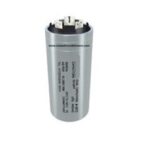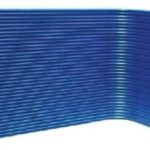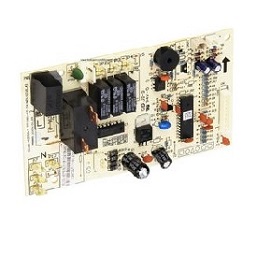Description
AC Compressor is mechanical powerhouse is responsible for pressurizing and circulating the refrigerant, orchestrating the trans-formative journey from warm indoor air to the refreshing coolness we relish.
- Function of the Compressor: At its core, the compressor acts as the workhorse of the air conditioner, pressurizing and circulating the refrigerant through the system. This crucial process enables the refrigerant to absorb and release heat, facilitating the cooling cycle.
Types of Compressors:
- Reciprocating Compressors: Utilizing a piston-cylinder mechanism, reciprocating compressors compress the refrigerant by moving a piston back and forth.
- Scroll Compressors: Scroll compressors use spiral-shaped scrolls to compress the refrigerant. This design offers smooth, continuous compression, resulting in quieter operation and enhanced energy efficiency. Scroll compressors are often employed in both residential and commercial air conditioning systems.
- Rotary Compressors: Operating on a rotary motion, these compressors use a rotating vane or blade to compress the refrigerant. Rotary compressors are compact, making them suitable for smaller air conditioning units.
- Centrifugal Compressors: Typically used in larger commercial or industrial air conditioning systems, centrifugal compressors rely on a spinning impeller to accelerate the refrigerant. This high-speed rotation allows for substantial cooling capacity.
- Efficiency and Energy Savings: The choice of compressor type significantly influences the overall efficiency of an air conditioning system.
- Variable-Speed Compressors: Some compressors come with variable-speed capabilities, allowing them to adjust their speed based on the cooling demand. This feature enhances energy efficiency by avoiding unnecessary power consumption during periods of lower demand.
- Inverter Technology: Inverter-driven compressors use variable-speed technology to precisely regulate the compressor’s speed. This innovation ensures a more consistent indoor temperature, minimizes temperature fluctuations, and maximizes energy savings.









Reviews
There are no reviews yet.